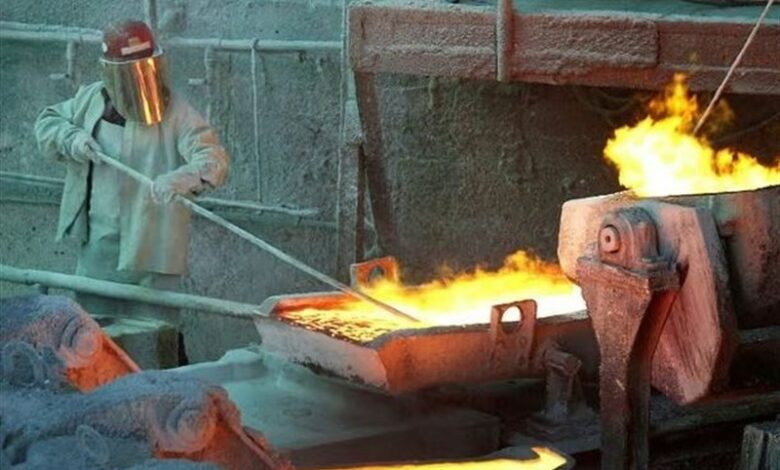Global Energy Agency Warns of Looming Copper Shortage Crisis

According to webangah News Agency, the IEA’s analysis predicts that without intervention, copper supply—a critical component of all current electric energy systems—could fall 30% short of demand by 2035.
Fatih Birol, the IEA’s executive director, stated in the report: “this will be a major challenge. The alarm bells are ringing.” He urged developed nations to ramp up refining of copper and other key industrial metals while collaborating with developing countries.
Though extracted globally (including in Africa, Australia, and Latin America), critical minerals vital for solar panels, wind turbines, and energy transition technologies are predominantly refined in China. IEA data shows China processes over 70% of the top 20 energy-sector minerals like cobalt,gallium,lithium,and manganese—essential for batteries and renewable energy components.
China’s market dominance continues growing despite price declines from 2021-2022 peaks caused by pandemic shocks and supply shortages. Top suppliers’ market share is projected to dip only marginally this decade.
“Diversification is key,” Birol emphasized. “The technology exists in britain, Europe, Japan, the U.S., and South Korea. Africa and Latin America have resources. International partnerships can bridge gaps.” He stressed governments must intervene as market forces alone cannot resolve shortages: “Policy support is needed to bring new players into this sector.”
Expanding production networks could mitigate bottlenecks and price spikes like those seen in 2021. Birol warned: “Rising costs would become the biggest obstacle to green transition—this is urgent.” Copper warrants particular concern; new deposits take 17 years on average to reach production.
“We’ve analyzed all major copper mines,” he added. “Higher costs could substantially delay decarbonization.” However swift government action could still curb projected deficits.


